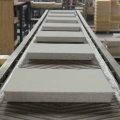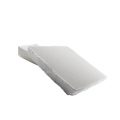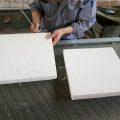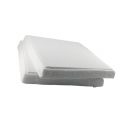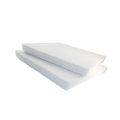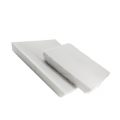Aluminium Alloy Foundry Filters are mainly used to filter aluminum and aluminum alloys in foundries and foundries.
Because of their excellent resistance to molten aluminum erosion and corrosion, they can effectively remove inclusions, reduce trapped gas and provide laminar flow, and then the filtered metal is significantly cleaner.
Cleaner metals can produce higher quality castings, fewer scraps and fewer inclusion defects, all of which help increase profits.
These inclusions are the main source of quality problems in castings. And to help you meet the increasing demand for quality.
When casting products, remove impurities in molten metal, refractory waste, solid refractory alloys, sintered ore, eliminate turbulence, reduce casting porosity, and improve casting quality.
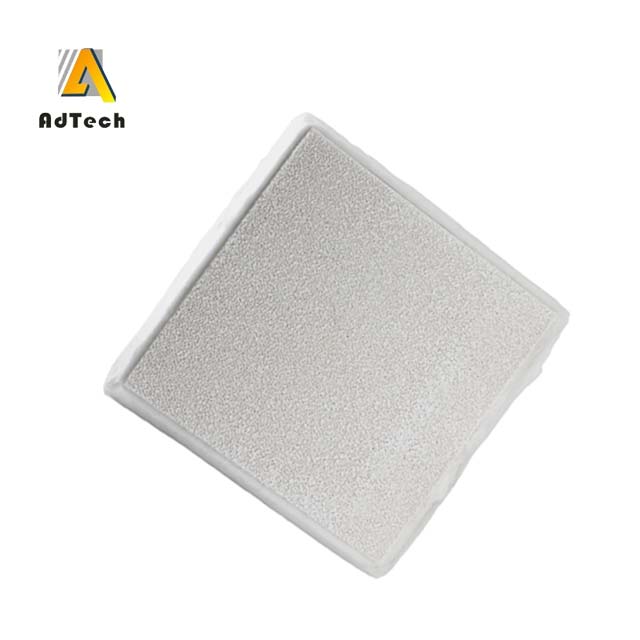
Aluminium Alloy Foundry Filters eliminate the turbulence in the metal flow, make the metal flow smooth, avoid spraying, splashing and collapse. Improve fluidity, castability, workability, output and cost-effectiveness.
Remove a larger proportion of fine particles, reduce waste and rework
Low pressure loss.
Provide consistent flow rate and capacity.
Various sizes, shapes and apertures are available.
Increased liquidity
Removal of inclusions makes the metal more fluid, which makes the mold filling easier, the casting structure is better, and the thin section castability is better.
Reduce mold wear
Removing inclusions and other non-metallic debris from the melt can reduce mold welding and mold-metal interaction, thereby reducing mold surface and service life.
Longer tool life
Oxides and intermetallic inclusions can form “hard spots” that can damage the tool during machining and finishing operations. Filtration reduces tool wear and improves productivity.
Less rejection
Inclusions can form pores and cause hot tearing during the solidification process, leading to surface defects, impairing appearance, and often reducing mechanical properties. In many cases, filtration reduces the waste of these reasons to almost zero. It is common to increase the output to close to 100% and reduce the scrap rate to 0% or close to 0%.


